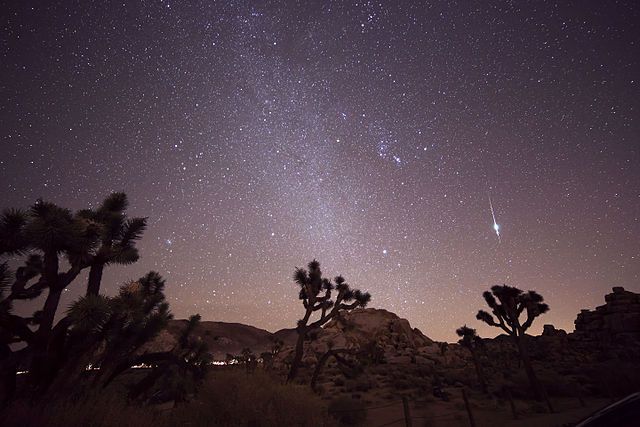Harvard Scientist: Meteor Could Be Interstellar Alien Technology
Harvard astrophysicist Avi Loeb, who led a team to collect fragments of an interstellar meteor from the Pacific Ocean, has claimed that 50 molten steel-titanium droplets recovered could potentially be parts of an extraterrestrial "technological gadget."

Facts
- Harvard astrophysicist Avi Loeb, who led a team to collect fragments of an interstellar meteor from the Pacific Ocean, has claimed that 50 molten steel-titanium droplets recovered could potentially be parts of an extraterrestrial "technological gadget."1
- Loeb led Harvard's Galileo Project to recover the fragments of meteor "IM1," which struck Earth in 2014 and was partially recovered off the coast of Papua New Guinea. Loeb's team conjectured that the meteor was of interstellar origin, later supported by a statement from the US Space Operations Command.2
- Loeb claims that the material is "tougher than all space rock" known to humans, with the durability and speed of the meteor leading him to speculate that it could be of extraterrestrial origin — saying a spacecraft could "appear as a meteor" as it strikes a planet.3
- If of natural origin, it would give astronomers insight into what materials exist outside of the solar system, with Loeb saying he hopes a future expedition will yield larger fragments from the meteor.3
- The team's assertion that the object is of interstellar origin is contested by some scientists, who argue that there's no conclusive evidence for the claim. Loeb's prior assertions of alien visitation of the solar system have been criticized by other scientists.4
- The recovered spherules are composed of 84% iron, 8% silicon, 4% magnesium, 2% titanium, and in addition to other trace elements. They are less than a millimeter in size.3
Sources: 1NewsNation, 2Independent, 3CBS, and 4BBC News.
Narratives
- Narrative A, as provided by Newsweek. Never before has mankind held this type of tangible object of definite interstellar origin, and based on the current evidence, it's not a leap to argue that the material could be the product of extraterrestrial life. We are standing on the precipice of a Copernican-type revolution — if this sample is truly of interstellar origin, and if it's alien technology, it would be an epoch-defining moment in human history. A scientist must always keep an open mind when faced with the new and unknown.
- Narrative B, as provided by The Conversation. It's unfortunately highly unlikely that we could prove IM1 is of alien origin, much less even of interstellar origin. We must always be skeptical of sweeping assertions, and Loeb tends to make grandiose claims with little evidence behind them. We need to thoroughly examine the fragments before making any claims, and the latest test results are not promising for the interstellar hypothesis.






